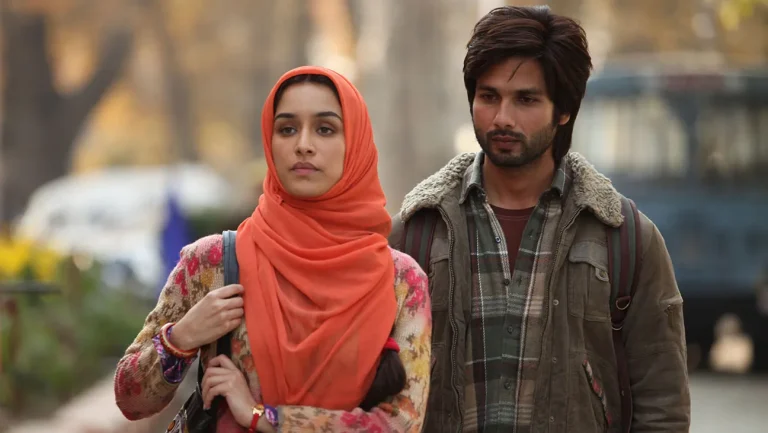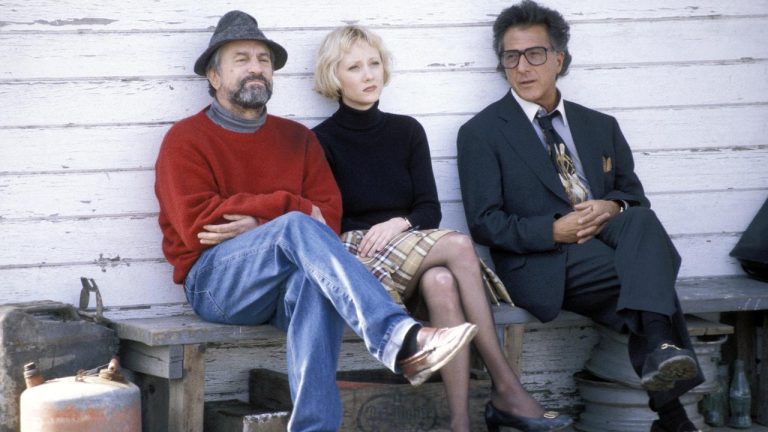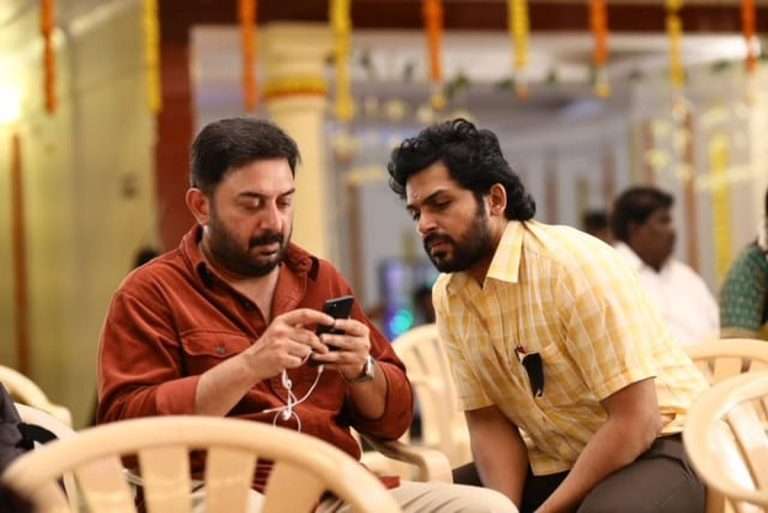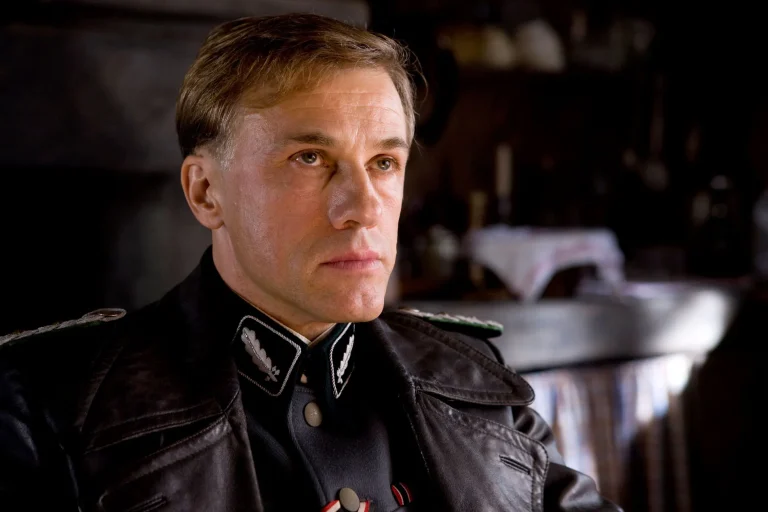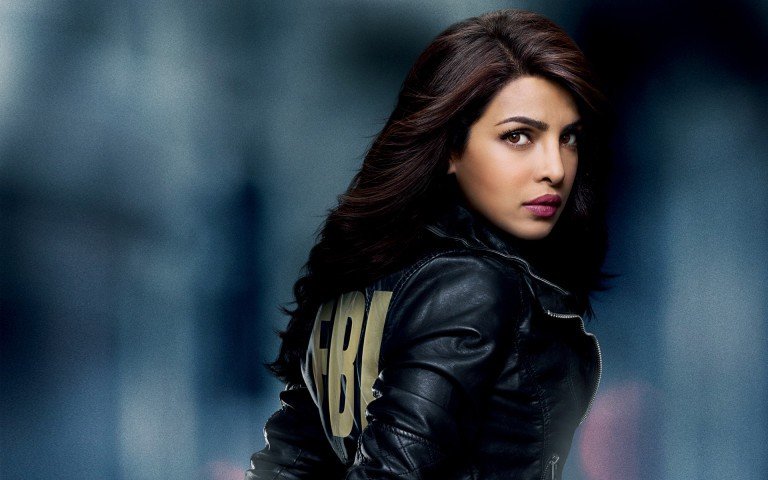Movie Monsters are timeless archetypes that have graced the silver screen for decades. While there are more abstract archetypes like “The Mentor” or “The Anti-Hero”, monsters have the charm of being based in fiction with visual uniqueness, cementing a permanent reputation across pop culture. For this reason, these creatures have continued their legacy by showing up in today’s movies, such as in Guillermo del Toro’s films like “The Shape of Water,” which reimagines “Creature From The Black Lagoon.”
The most popular amongst these monster character types, however, is the witch. Even audiences that aren’t familiar with the horror genre understand a witch when they see one, and that is largely due to the long-standing history of witches on film. They have taken on many different forms in different contexts, and reflecting on this is a helpful tool to recognize cultural phenomena and trends.
The general story and concept of “The Witch” is something that has been prevalent for centuries; however, it looks like the earliest representation of a witch on film dates back to a 1906 short film appropriately titled ‘The Old Hag’. This hag embodies all of the classic witch tropes, donning a pointy hat, riding a broom, and seeking revenge through trickery. The portrayal is wildly over the top, which might be partially due to the fact that this film (and the other witchy motion pictures that quickly followed it) were silent, and outlandish caricatures allowed for stronger representation on screen.
A pivotal milestone in witch portrayals came with Benjamin Christensen’s “Häxan” (1922), a silent Swedish-Danish film that blurred the line between documentary and horror. Through striking, surreal imagery, it examined medieval witchcraft hysteria and its psychological roots, portraying witches not merely as villains but as victims of superstition. “Häxan” introduced a complex, humanized lens that profoundly influenced later depictions of witches in cinema and art.
The hag character is often depicted with exaggerated, grotesque features — a fake, hooked nose and scraggly grey hair. As this archetype evolved across films, witches generally fell into two categories: the ugly and the beautiful. It’s likely no coincidence that this binary mirrors how society tends to stereotype women. This contrast was most famously highlighted in “The Wizard of Oz,” where Dorothy is startled to meet Glinda, a radiant, kind witch, after confronting the sickly-looking Wicked Witch of the West. Beyond physical appearance, the film also underscored the moral dichotomy of witches as embodiments of good or evil.
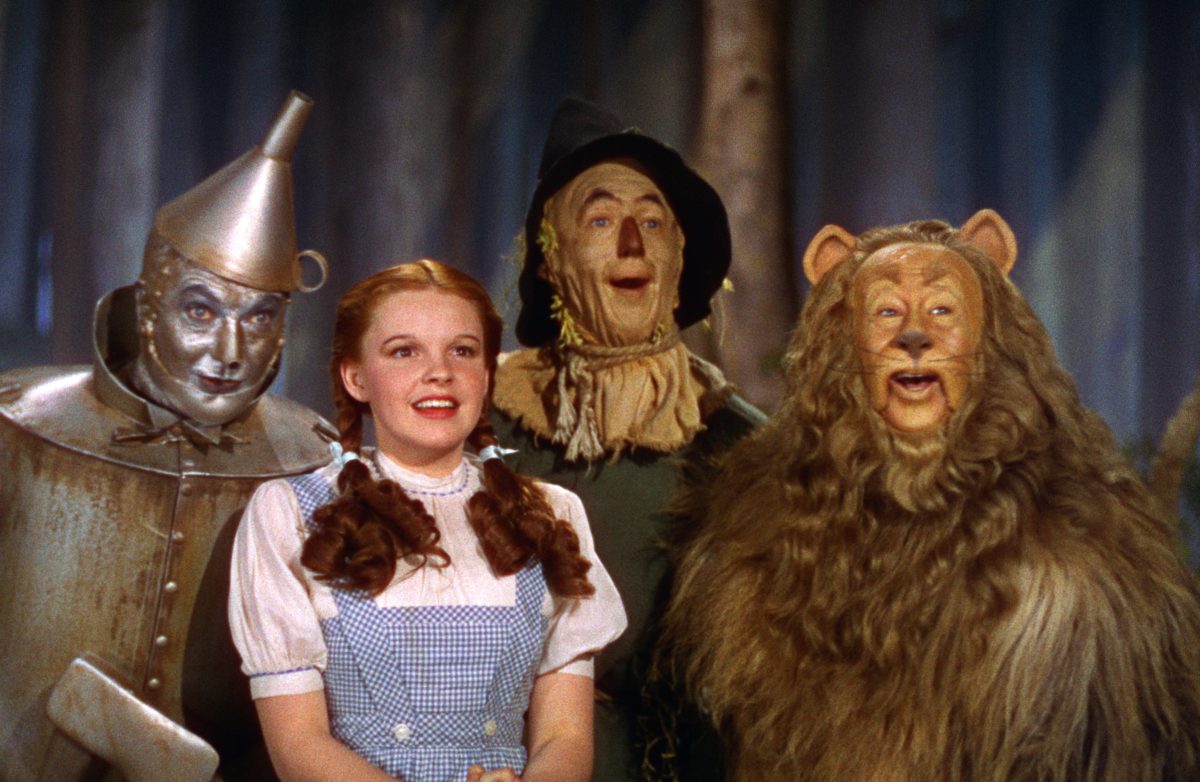
With its overall large popularity and memorable characters, “The Wizard of Oz” is the primary foundation for how witches would entertain the public for years to come. In the years and decades to come, many witches on screen would take on the Glinda the Good Witch role approach. These witches were strikingly beautiful, portrayed by pin-up model-esque actresses.
They were often charmingly mischievous and sought after the affections of a man, much like other women in different genres at the time. The model of the Wicked Witch was very popular in animated films, as she was cartoonishly evil with sinister intentions, the perfect opposite of Disney’s classic damsel protagonists.
When the two witches in “The Wizard of Oz” play opposite roles, swaying Dorothy towards different paths, it is symbolic of the two personalities people find themselves caught between. As I mentioned before, many women are seen as being either spiteful or kind, and in the land of Oz, it’s clear that Glinda the Good is celebrated for her kindness, and in turn, Dorothy is granted a happy ending for following her advice, sending a clear message as to who women should strive to be like.
This cultural response has been reflected in decades following “The Wizard of Oz,” as entertainment ensured that good witches fell within the parameters of what the general public thinks a woman should be. While the haggard vengeful witches maintained their presence in film -specifically in the horror genre- the witches that were embraced by the public were usually conventionally attractive, thin white women.
Even an archetype that allowed for women to be openly flawed and disliked was not immune to Hollywood’s assurance that a woman’s magic is meant for charm, not power. Morticia Addams’ character in the “Addams Family” TV show served as the perfect personification of these conflicting roles.
Read More: The 10 Most Iconic American Movies of all Time
While she was dark and brooding with a dry sense of humour, she was still a TV housewife who doted on her family. She was a slightly different version of the peppy blonde witches we’ve seen in “I Dream of Jeannie” and “Bewitched,” shows whose women remain fixated on their male counterparts despite possessing an amount of magic that grants them a myriad of opportunities and makes them more powerful than any love interest they could ever meet.
By the time the 1970s were reached, the counterculture began to embrace the aesthetics and practice of ancient witchcraft, focusing on its roots and decentering men from its goals. This was vastly different from the boy-obsessed witches we’ve come to see in entertainment; the versions that didn’t prioritize the male gaze had a hard time gaining traction. The new style of witches tended to be reflected more so in 70s fashion and music rather than film. Of course, witchy films continued to make it into production, including “Suspiria,” which is by far the most popular witch-themed film of the decade.
The subsequent witchy trope in the 80s and 90s was the emergence of young witches and stories of adolescence. Discovering one’s magical powers is a perfect metaphor for growing up, which a lot of creatives took advantage of. From “Kiki’s Delivery Service” to “Sabrina the Teenage Witch,” young girls humorously practicing witchcraft proved to be a popular story amongst audiences. This youthful tone is a far cry from the old, haggard origin of the character, so what changed? Of course, there’s the simple formula of coming up with original ideas.
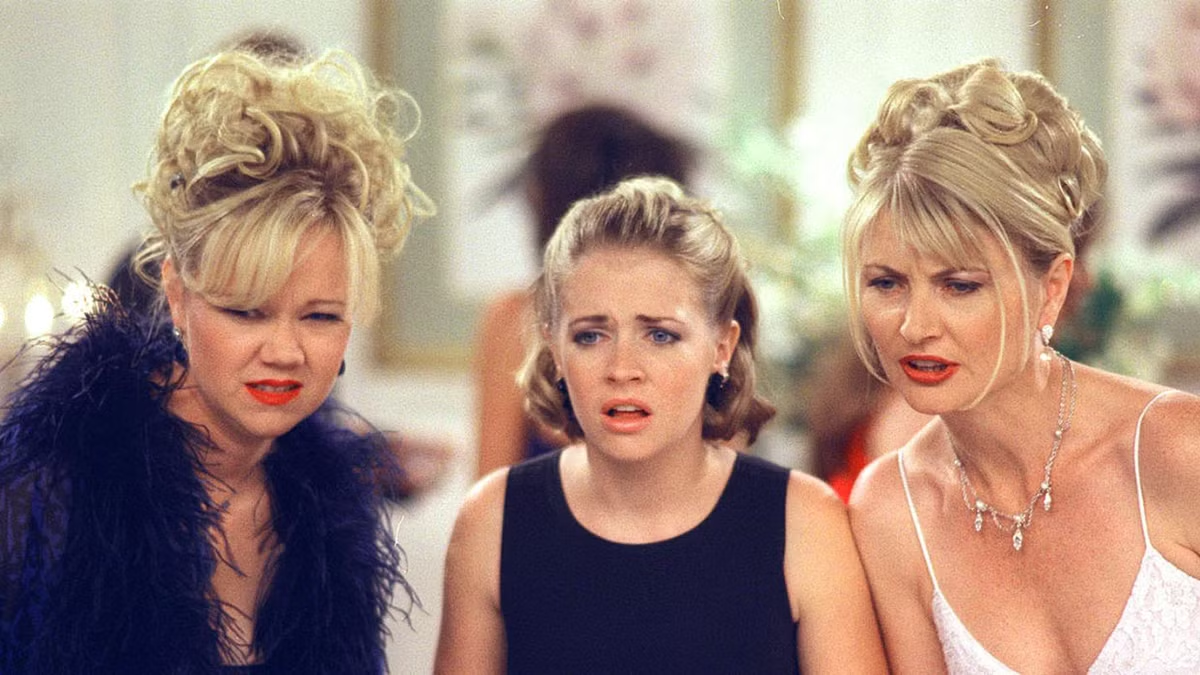
After countless reinterpretations of the witch archetype, filmmakers inevitably turn toward untapped ideas — fresh ways to reimagine a figure that has long embodied power, fear, and defiance. The witch’s resurgence also mirrors a period in a young woman’s life when she becomes acutely aware of her limited autonomy. Society continues to impose restrictions on both youth and women, making the idea of magic feel, at times, like a more attainable form of liberation than real-world change.
While princesses offered an idealized vision of who young girls were expected to become, witches encouraged them to embrace who they truly are — complex, imperfect, and powerful in their individuality. By 2025, cinema will have given us a rich tapestry of witches who resonate deeply with women and audiences alike, precisely because they embody rebellion, self-acceptance, and the yearning for freedom.
No matter your age or generation, there is likely a pop culture witch that, at some point, was marketed towards your demographic. Witches have become a sort of archetype of femininity that many women eagerly embrace. Merchandise with sayings like “I’m a Bad Witch” is very popular, and women love to latch onto witch characters as acts of defiance and self-expression. In “Weapons,” Aunt Gladys was a character who surprised many people and was quickly embraced by the public. Not only is she an effective character with unique quirks and a distinct wardrobe, but her weirdness signifies a disinterest in being easily palatable in the public eye.
While it may be in a joking tone, many women celebrated the Gladys character because she is so incredibly odd, and it is fun to watch a woman not weighed down by society’s expectations of her. It’s for this reason that “Wicked” has become such a phenomenon. In a much more refined package, the story of “Wicked” sends a message of leaning into your abilities for your own satisfaction, despite what the public thinks of you.
This is the true genius of the witch — what the archetype has ultimately brought to fruition. While it’s easy to view these stories with a sense of resignation, the most meaningful narratives mirror women’s strength and potential back to them. These characters remind us that even within constraints, there is space for self-determination. Time and again, cinema has shown that while witchcraft itself may not exist, the act of conjuring inspiration — of daring to imagine new possibilities — is a kind of magic in its own right.


